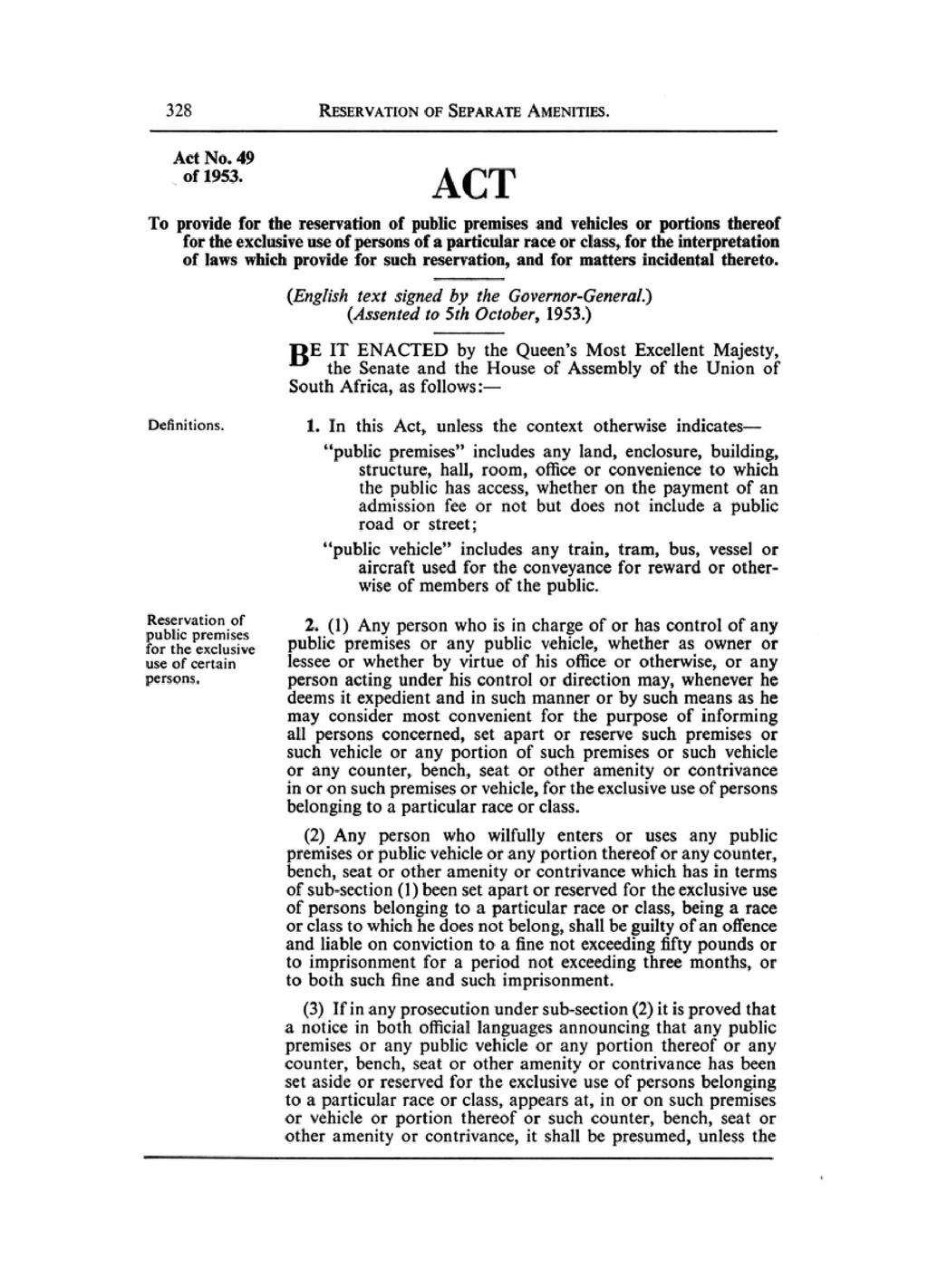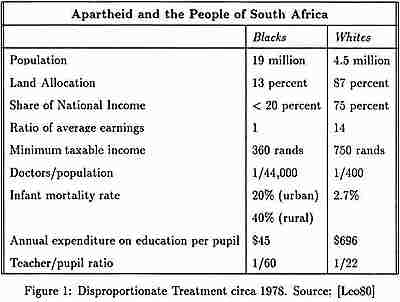The Election of Daniel Francois and
the Rise of the South African Nationalist Party
In 1948, Daniel François Malan was elected prime minister of South Africa. Known to be one of the "Architects of Apartheid," his legislative acts as Prime Minister aimed to create a more segregated South Africa.
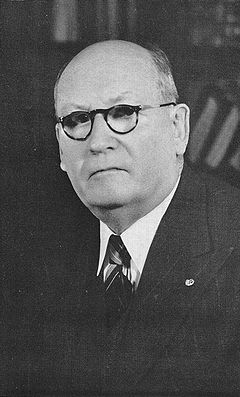
Daniel F. Malan. Courtesy of Research Gate

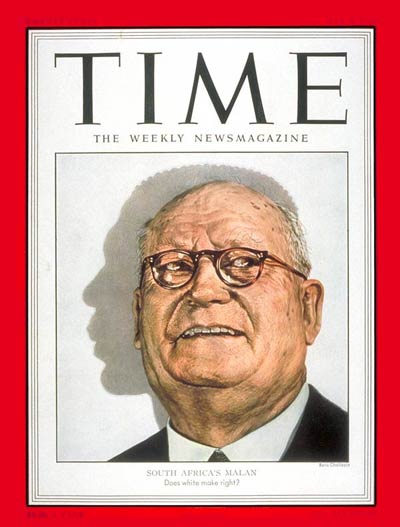
Cover of magazine about the election of Daniel F Malan. Courtesy of Time Magazine

The election of Malan allowed the South African Nationalist Party to take 134 of 165 seats in the House of Assembly. Their newfound power allowed them to turn their racist values into law.
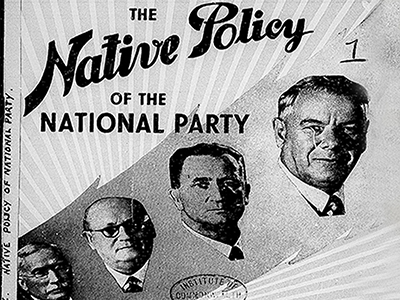
Poster of South African Nationalist Party. Courtesy of British Online Archives
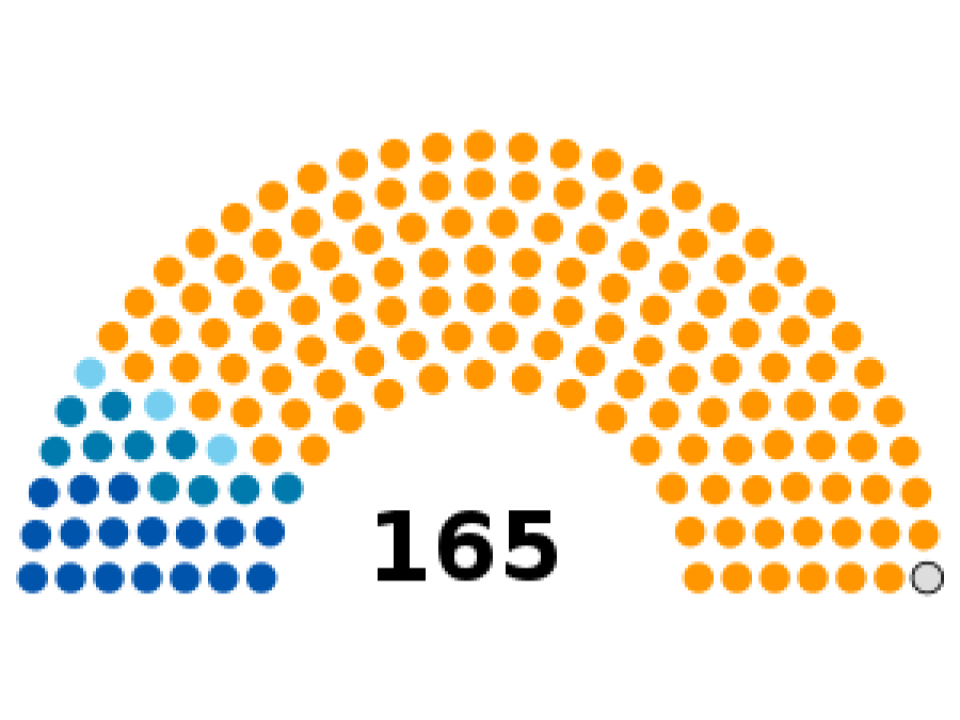
Diagram of Parties in the House of Assembly at the peak of SANC (Yellow represents the National Party). Courtesy of MB298

Daniel F Malan and the leaders of the African Nationalist Party. Courtesy of Archives of Namibia
1949-1950: The Prohibition of
Mixed Marriage Act and The Immorality Act
One of the first acts passed by the National Party was the Prohibition of Mixed Marriages Act in 1949, which outlawed marriage between white and black citizens in South Africa.

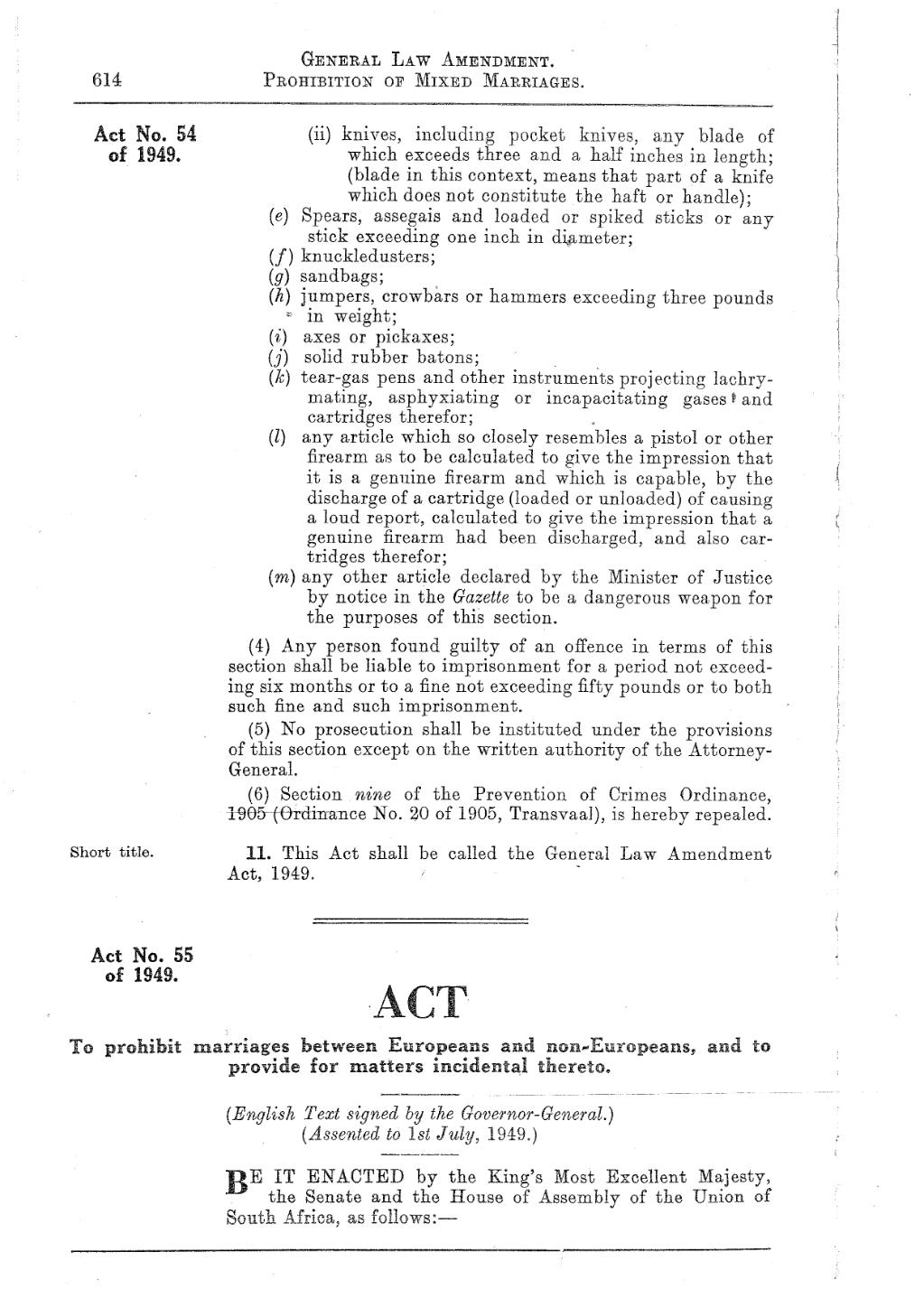
The Prohibition of Mixed Marriages Act. Courtesy of Wikimedia Commons
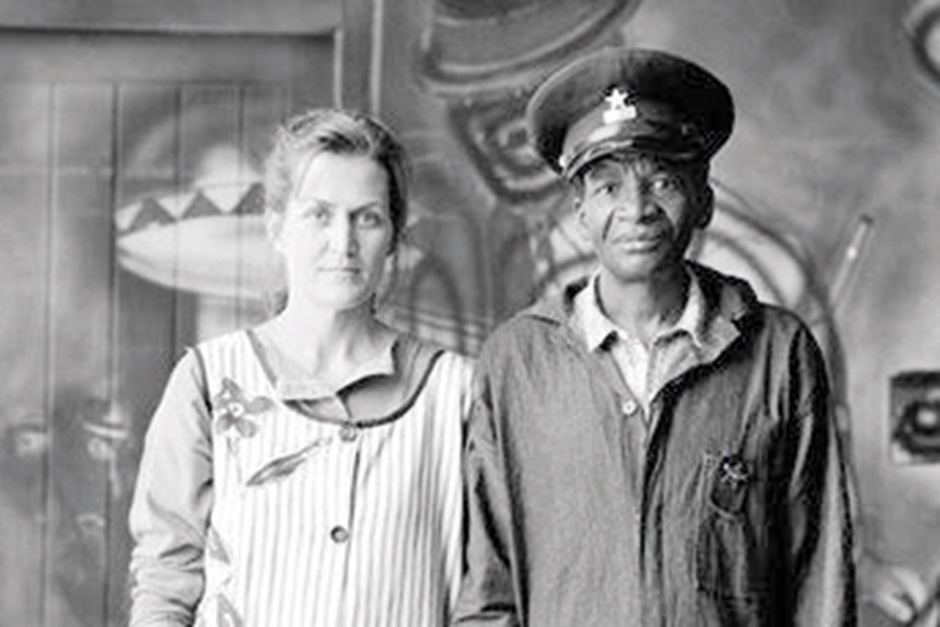
A South African interracial couple not allowed to be wed under the Apartheid. Courtesy of Gulf News
This was followed by the Immorality Act, prohibiting sexual activity between white and black citizens; biracial children were shamed.

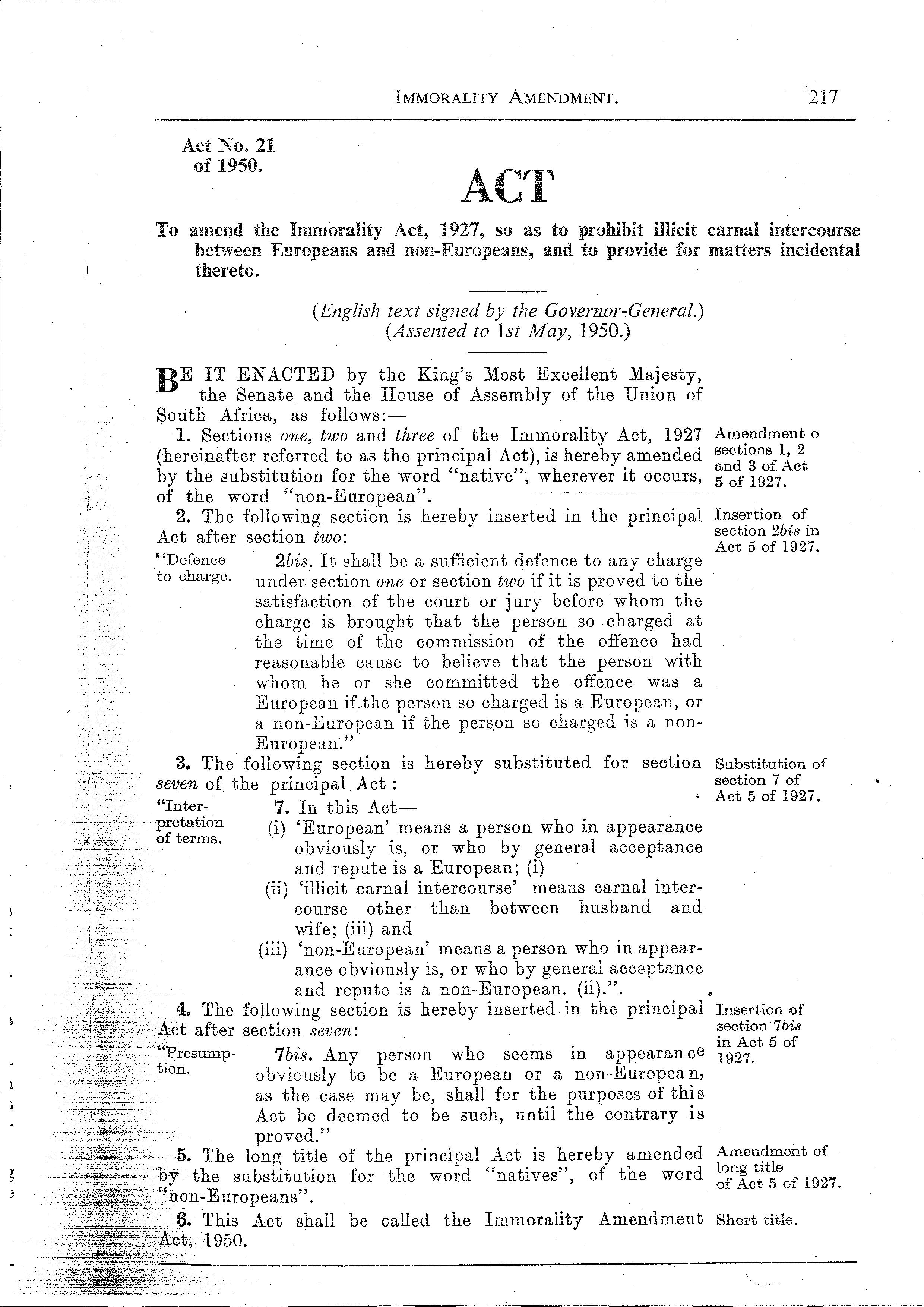
The Immorality Act. Couretesy of Wikimedia Commons
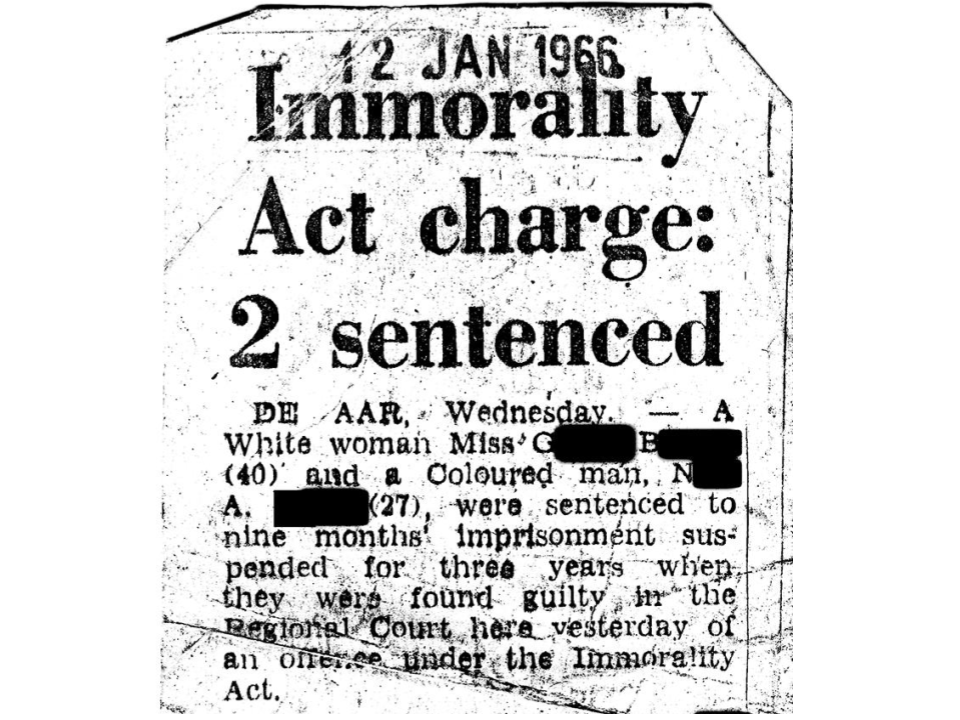
South African newspaper about the sentencing of 2 people who violated the Immorality Act. Courtesy of Carleton University
1953: The Bantu Education Act
In 1953, the Bantu Education Act was enacted. Bantu schools (schools created for black children) provided a significantly lower quality of education than white schools due to underfunding from the government.


The Bantu Education Act. Courtesy of Wikimedia Commons
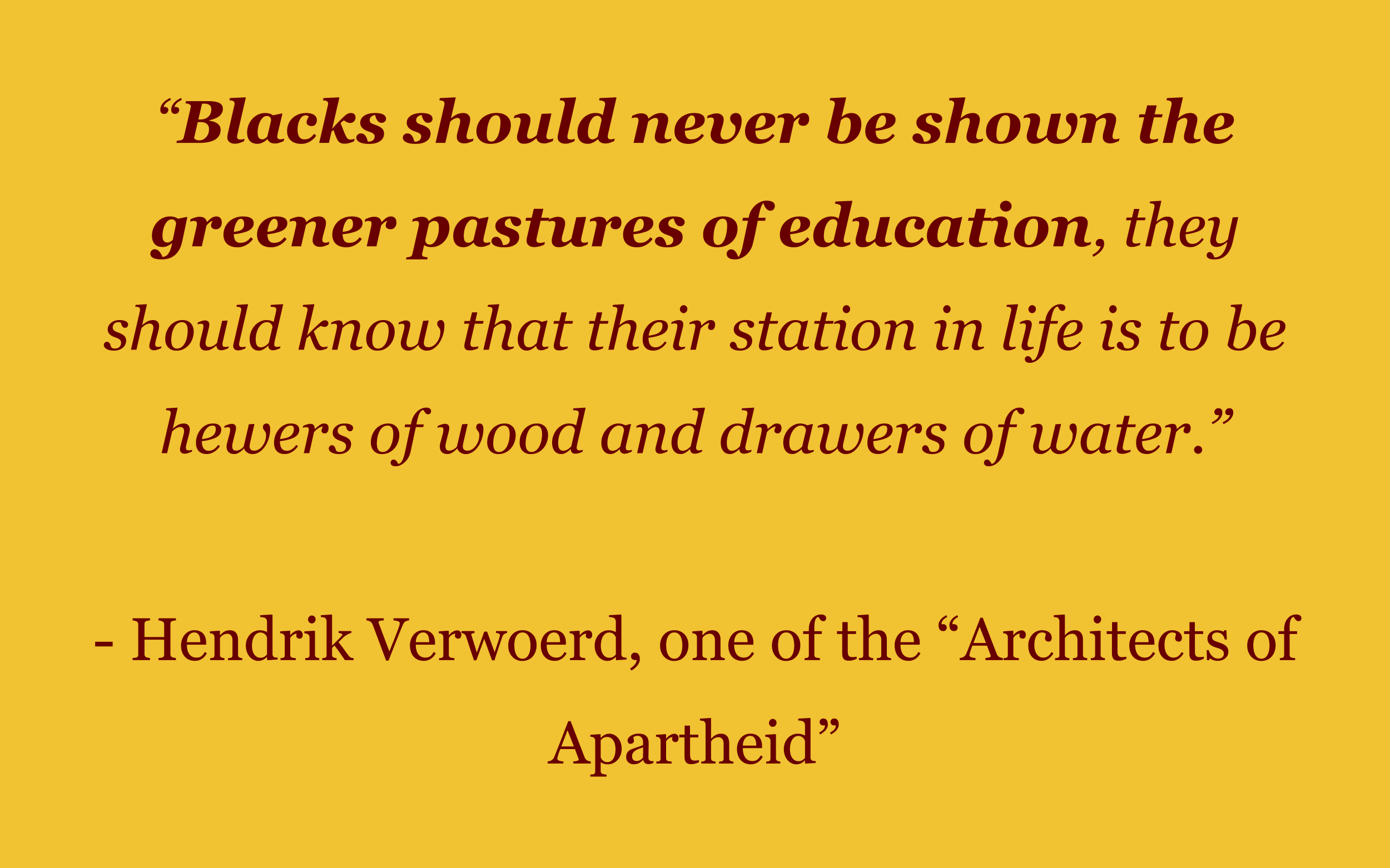
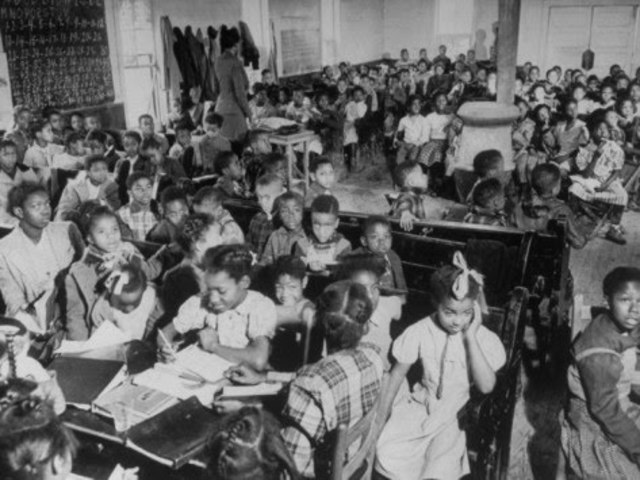
Class in Bantu school. Courtesy of Time Toast


